by Shelby Clark
Each month, we spend some time gathering and sharing some of the latest newsletters, podcasts, and other resources that keep us informed. Learn more below about new ways to keep up to date with the latest topics and issues related to social good, character, and education.
Newsletters you might want to sign up for…
The TED-Ed Daily (here)
TED-Ed aims to help educators “discover ideas that spark the curiosity of learners,” “create customized lessons for [their] students,” and “inspire [their] students to share their big ideas.” “The weekly newsletter delivers excellent TED-Ed content to your inbox every Saturday. It’s your one-stop shop for everything TED-Ed from the previous week including TED-Ed Animations, TED Talks Lessons, TED-Ed Best of Web and blog posts. Don’t have time to check ed.ted.com every day? This newsletter is a perfect solution.”
Jobs for the Future (here)
“Jobs for the Future (JFF) drives transformation of the American workforce and education systems to achieve equitable economic advancement for all.” JFF focuses on three areas: equity, employer needs, and the future of work. They “focus on today’s most urgent issues while preparing for the future.” Sign up for one or all of their many issues touching on topics such as policy, research, corporate leadership, and more.
Podcasts that might interest you…
The Education Gadfly Show (here)
“For more than 15 years, the Fordham Institute has been hosting a weekly podcast, The Education Gadfly Show. Each week, you’ll get lively, entertaining discussions of recent education news, usually featuring Fordham’s Mike Petrilli and David Griffith. Then the wise Amber Northern will recap a recent research study.”
How to Be a Better Human (here)
“Join How to Be a Better Human as we take a look within and beyond ourselves.How to Be a Better Human isn’t your average self improvement podcast. Each week join comedian Chris Duffy in conversation with guests and past speakers as they uncover sharp insights and give clear takeaways on how YOU can be a better human. From your work to your home and your head to your heart, How to Be a Better Human looks in unexpected places for new ways to improve and show up for one another. Inspired by the popular series of the same name on TED’s Ideas blog, How to Be a Better Human will help you become a better person from the comfort of your own headphones.”
People Taking Action Podcast (here)
“People Taking Action is a podcast intended to publish the inspiring actions of people fighting for a sustainable future. By interviewing leaders who are pioneering their own environmentally sustainable projects, whether it be in advocacy, climate change mitigation or adaptation, or technical and community projects, we want to bring their voices to the forefront. Drawing on a global network of inspiring professionals, this podcast brings a positive, upbeat and informal perspective to the sustainability podcast scene.”
Webinars to check out …
CASEL’s Demystifying Systemic Social and Emotional Learning: 10-Part Series (here)
“Educators around the globe are seeing an increase in demand and attention to social and emotional learning (SEL) to create successful and equitable outcomes for young people. As a result, education leaders are grappling with what high-quality, systemic social and emotional learning looks like in schools, what the current research says, and what policies will best support students. This monthly series of thought leadership webinars addresses ten key aspects of high-quality systemic SEL. Join CASEL and collaborators for insights on prioritizing academic, social, and emotional learning for all students across all school contexts.”
Next Level Lab’s Distinguished Speakers Series (here)
“The Next Level Lab Distinguished Speaker Series launched in Spring 2022 to provide an opportunity for the broader community to learn from scholars who are engaged in work related to the learning sciences, innovative learning design and technology, and workforce development. Summaries of prior presentations are posted at the links [on this website], along with video recordings of the sessions where available. We hope you can join us when the series resumes in Fall 2022!”




























